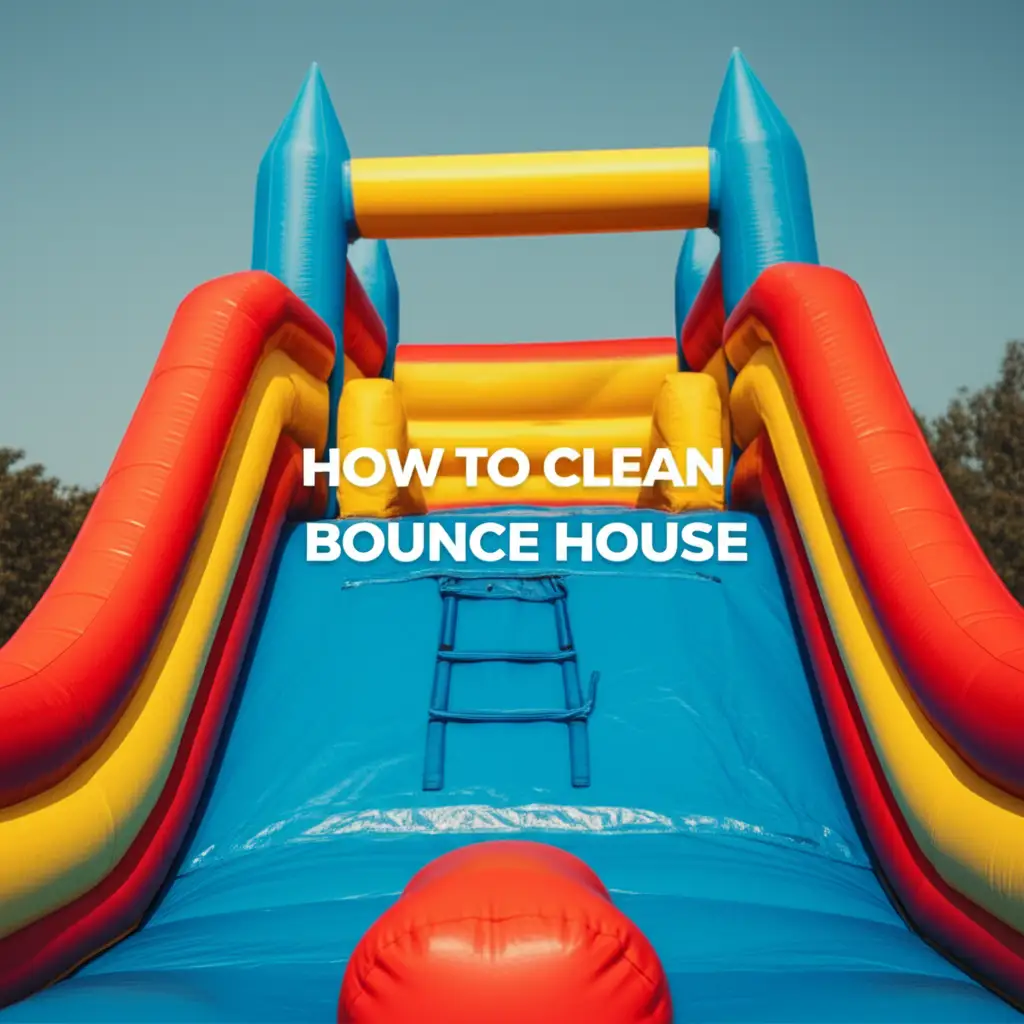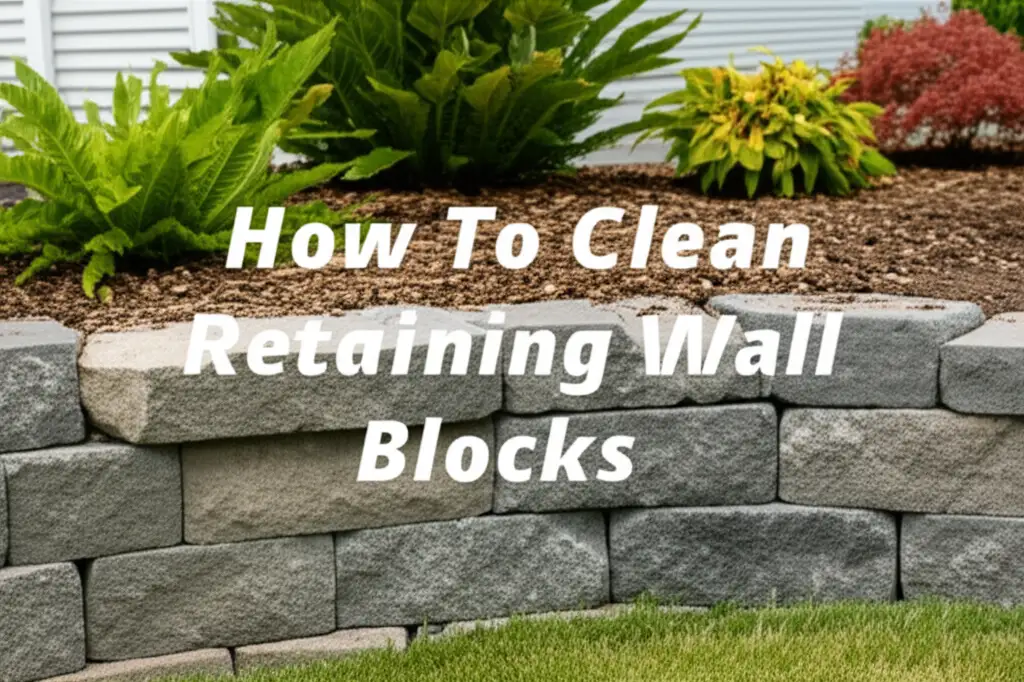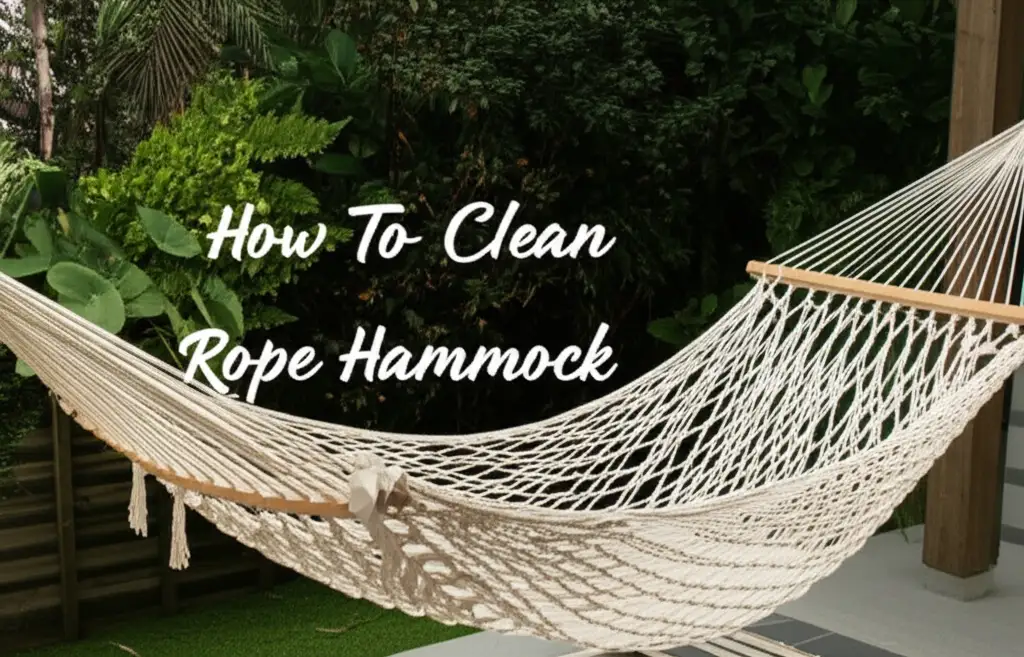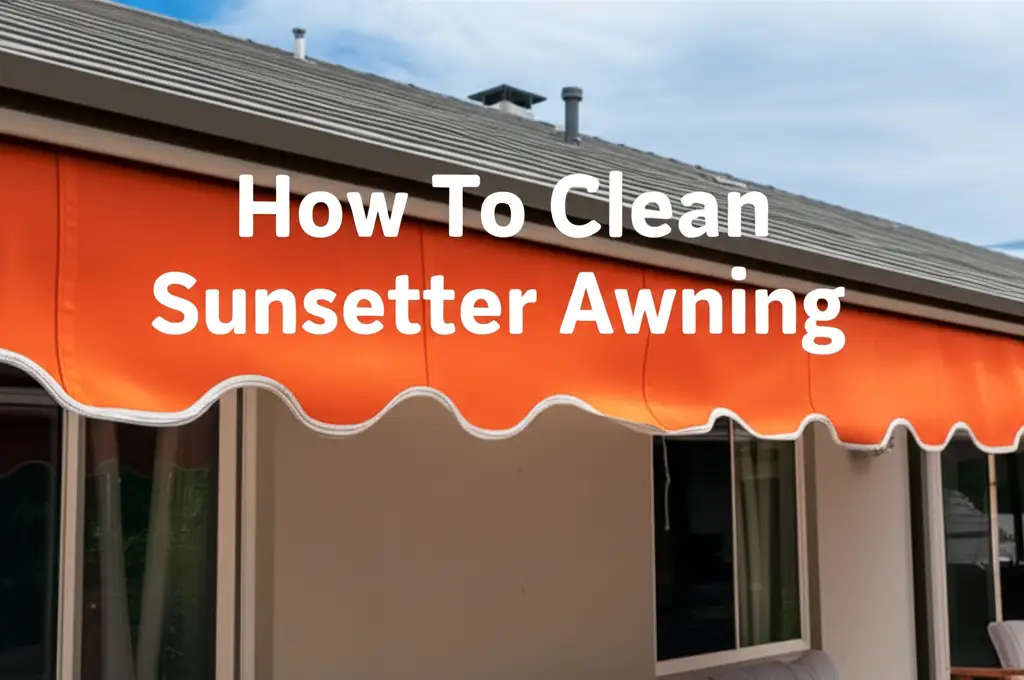· Outdoor Cleaning · 18 min read
How To Clean Vinyl Railing
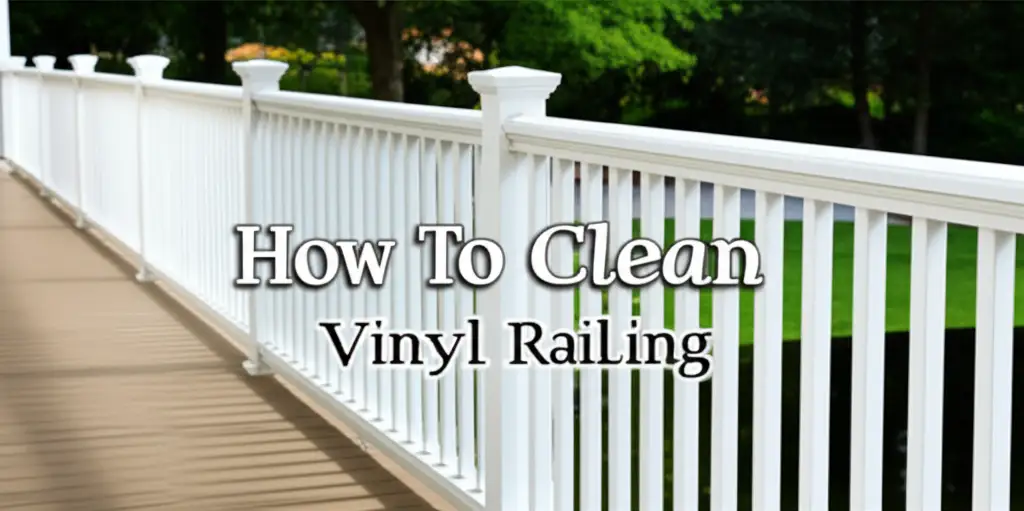
Clean Vinyl Railing: The Ultimate Guide for a Sparkling Finish
Vinyl railings add beauty and value to any home. They offer a durable, low-maintenance solution for decks, porches, and stairs. However, like any outdoor surface, vinyl railings collect dirt, grime, and environmental stains. Knowing how to clean vinyl railing properly helps keep them looking new. Regular cleaning prevents buildup and maintains their bright appearance. This guide provides comprehensive steps, essential tools, and expert tips for effective vinyl railing cleaning. We cover everything from gentle washing to tackling stubborn mold and mildew. You will learn the best methods to ensure your vinyl railings remain a pristine part of your home’s exterior.
Takeaway
- Gather Supplies: Collect soft brushes, cloths, buckets, a garden hose, and appropriate cleaning solutions.
- Start Gentle: Begin with warm water and mild dish soap for routine dirt.
- Tackle Stains: Use stronger solutions like vinegar or specialized cleaners for mold, mildew, or tough grime.
- Rinse Thoroughly: Always rinse the railing completely to remove all cleaning residue.
- Perform Regular Maintenance: Clean your vinyl railings a few times a year to prevent major buildup.
To clean vinyl railing, mix warm water with mild dish soap. Use a soft brush or cloth to scrub the surfaces gently. Rinse thoroughly with a garden hose to remove all soap and dirt. For tougher stains, consider a vinegar solution or a specialized vinyl cleaner. Regular cleaning maintains the appearance and extends the life of your railings.
Why Clean Vinyl Railing? Understanding Durability and Appearance
Vinyl railings are popular because they are strong. They do not rot, rust, or corrode like other materials. Many homeowners choose vinyl for its longevity. Vinyl railings also resist insect damage. They hold their color well over time. This makes them a smart choice for outdoor spaces. However, their smooth, non-porous surface still gathers dirt. This dirt comes from various sources.
Outdoor elements directly affect vinyl railings. Rain, wind, and sun expose them to constant changes. Rain carries dust and pollen. Wind blows leaves and debris onto the surface. Sunlight can make some stains more prominent. Over time, these elements cause a dull film to form. This film takes away the railing’s shine. Regular exposure also invites organic growth.
Common contaminants affect vinyl’s look. Dust settles on the horizontal surfaces. Pollen creates a yellow or green coating, especially in spring. Algae and mildew often grow in shady, damp areas. These growths appear as green or black spots. Dirt splatters from rain or garden work also stick to the railing. Even bird droppings can cause significant stains if left too long. These contaminants reduce the curb appeal of your home.
Cleaning your vinyl railings keeps them looking their best. It restores their original luster. A clean railing enhances the overall appearance of your home’s exterior. It shows pride in your property. Beyond looks, regular cleaning also helps preserve the material. While vinyl is durable, excessive buildup of certain contaminants, like mold, can potentially degrade its surface over many years if left untreated. Proper care ensures your investment lasts for decades. It is a simple step to protect and beautify your home.
Essential Tools and Supplies for Vinyl Railing Cleaning
Having the right tools makes cleaning vinyl railing much easier. You do not need many special items. Most of these supplies are likely already in your home. Gather everything before you start cleaning. This saves time and effort. Preparing properly helps ensure a successful cleaning session.
First, you need buckets. Two large buckets are ideal. One bucket holds your cleaning solution. The other is for clean rinse water. This helps prevent spreading dirty water back onto the railing. Next, get soft brushes and microfiber cloths. A soft-bristled scrub brush is perfect for larger areas. A smaller brush, like an old toothbrush, helps clean tight corners and crevices. Microfiber cloths are great for wiping surfaces. They absorb well and do not scratch.
A garden hose with a spray nozzle is essential for rinsing. A nozzle allows you to control the water pressure. You can easily wash away soap and dirt. Make sure your hose reaches all parts of your railing. If not, consider using multiple hose sections. A step ladder or stepladder may be needed for higher sections. This helps you reach all parts safely. Always ensure the ladder is stable before climbing.
For cleaning solutions, start with mild dish soap. Basic liquid dish soap is often enough for light dirt. It cuts through grease and grime gently. For tougher stains, you might need stronger options. White vinegar is an excellent natural cleaner. It helps remove mildew and hard water stains. Baking soda can be used as a mild abrasive paste. Commercial vinyl cleaners are also available. These are formulated for specific vinyl issues. Read the labels carefully if you choose a commercial product.
Finally, safety gear is important. Wear rubber gloves to protect your hands from cleaners and dirt. Eye protection, like safety glasses, shields your eyes from splashes. Consider wearing old clothes. Cleaning can be a messy job. These simple tools and supplies prepare you for an effective vinyl railing cleaning.
Gentle Cleaning Methods for Regular Vinyl Railing Maintenance
Regular maintenance keeps your vinyl railings looking fresh. You do not need harsh chemicals for routine cleaning. Gentle methods are often the most effective. They protect the vinyl surface. These methods remove common dirt and grime. I find that consistent light cleaning prevents major buildup. This saves time and effort in the long run.
Basic Soap and Water Solution
The simplest and most common method is using soap and water. This is perfect for everyday dirt, dust, and pollen. Mix a small amount of mild dish soap with warm water. About a quarter cup of soap per gallon of water works well. You want a soapy solution, but not overly sudsy. Get your soft-bristled brush or microfiber cloth ready.
Dip your brush or cloth into the soapy water. Begin scrubbing the railing surfaces. Work in small sections. Start from the top and work your way down. This helps prevent dirty water from dripping onto already cleaned areas. Use gentle circular motions to loosen dirt. Pay attention to corners and grooves where dirt collects. The soap helps lift grime from the vinyl. For larger areas, like cleaning vinyl siding, a similar approach with a wider brush is effective. Learn more about how to clean vinyl siding effectively.
After scrubbing a section, rinse it immediately. Use a garden hose with a spray nozzle. Ensure all soap residue washes away. Soap left on the railing can attract more dirt. It can also leave streaks. Continue this process until you have cleaned the entire railing. This method is safe for all types of vinyl. It keeps your railings bright without damaging the finish.
Routine Wiping for Light Dirt
Sometimes, your railings only have light dust or pollen. In these cases, a full scrub down is not necessary. A quick wipe-down can restore their look. This is a great maintenance step between deeper cleanings. It is easy to do often.
Gather a bucket of clean, warm water and a few microfiber cloths. Dampen a cloth in the water. Wipe down the railing surfaces. This removes loose dirt and pollen before it bakes on. You can also add a tiny bit of dish soap to the water if you like. This provides extra cleaning power.
Focus on the top rail and balusters. These areas collect the most dust. Rinse your cloth often in the clean water. This prevents you from just moving dirt around. This routine wiping is especially helpful during spring. Pollen counts are high then. This quick method keeps your railings presentable. It reduces the need for frequent deep cleaning. This light cleaning technique also applies to other vinyl outdoor structures like fences. Discover effective ways how to clean vinyl fence.
Tackling Stubborn Stains: Mold, Mildew, and Grime on Vinyl Railings
Sometimes, basic soap and water are not enough. Vinyl railings can develop stubborn stains. Mold, mildew, and heavy grime are common culprits. These require more targeted cleaning solutions. I have found that addressing these stains quickly prevents them from spreading. It also stops them from becoming harder to remove.
Removing Mold and Mildew
Mold and mildew appear as green, black, or gray spots. They thrive in damp, shady conditions. Railings in shaded areas or those near plants are prone to these growths. These fungi can make your railings look unsightly. They also indicate excess moisture.
For mold and mildew, a vinegar solution is a great natural option. Mix equal parts white vinegar and water in a spray bottle. Spray the affected areas generously. Let the solution sit for about 10-15 minutes. This gives the vinegar time to break down the mold and mildew. Vinegar is a mild acid. It helps kill the fungi. You can use this method for other outdoor vinyl surfaces too, like window frames. Explore methods how to clean vinyl window frames.
After letting it sit, scrub the spots with a soft brush. The mold should come off easily. Rinse the area thoroughly with a garden hose. Make sure no vinegar residue remains. If the mold is severe, you might need a stronger cleaner. Oxygen bleach products (like OxiClean) are effective. Mix them according to package directions. Apply to the moldy areas. Scrub gently and rinse well. Always test any strong cleaner on an inconspicuous spot first. This checks for discoloration. For more information on tackling mold, you can also refer to articles about cleaning mold in showers. Read more on how to clean mold in shower.
Addressing Grime and Tough Dirt
Heavy grime can build up on railings over time. This includes road dirt, tree sap, or general neglected dirt. It creates a thick, sticky layer. This layer resists simple washing. You need a solution that can cut through this stubborn buildup.
For tough grime, a degreaser or an all-purpose cleaner might be necessary. Choose one safe for vinyl surfaces. Many household cleaners work well. Read the product label to ensure compatibility. Spray the cleaner directly onto the grimy areas. Let it sit for a few minutes as directed. This allows the cleaner to penetrate the dirt.
Use a medium-bristled brush to scrub the grime away. Apply firm but not excessive pressure. You do not want to scratch the vinyl. Work in small sections to keep the cleaner from drying. Rinse each section completely with a hose after scrubbing. Ensure all grime and cleaner residue are gone. Repeat the process if some grime remains. For extremely tough spots, you can make a paste of baking soda and water. Apply it to the stain. Let it sit for a few minutes. Then scrub gently before rinsing. This provides a mild abrasive action without scratching the vinyl.
Using Pressure Washers on Vinyl Railings: Pros, Cons, and Safety
A pressure washer can be a tempting tool for cleaning vinyl railings. It offers fast and powerful cleaning. However, using one requires caution. Incorrect use can damage your railings. I always weigh the benefits against the risks before using a pressure washer.
Benefits of Pressure Washing Vinyl Railings
Pressure washers effectively remove large amounts of dirt. They can blast away grime, mold, and mildew quickly. This saves significant time and effort compared to manual scrubbing. For extensive railing systems, a pressure washer makes the job much more manageable. It can reach areas that are hard to scrub by hand. This tool is especially useful for removing stubborn, widespread buildup. It restores the clean look of your vinyl railings very fast. Many people use pressure washers for large outdoor surfaces, including vinyl siding. Learn about cleaning vinyl siding with a pressure washer.
Risks and Precautions
Despite the benefits, pressure washing vinyl carries risks. High pressure can damage the vinyl surface. It can cause etching, pitting, or even cracks. The force can also loosen railing components. Water can get trapped inside hollow sections. This leads to mold growth or freezing damage in colder climates. Improper technique can even chip paint from nearby surfaces. Safety is also a concern. The powerful stream can cause injury if not handled correctly. Always wear eye protection.
To use a pressure washer safely on vinyl railings, follow these steps:
- Choose the Right Nozzle: Use a wide-angle nozzle. A 25-degree or 40-degree nozzle is suitable. Never use a zero-degree or pinpoint nozzle. These concentrate too much pressure.
- Adjust Pressure Settings: Set your pressure washer to a low PSI (pounds per square inch). Around 1200-1500 PSI is a good starting point. Test on an inconspicuous area first. This checks if the pressure is safe.
- Maintain Distance: Hold the nozzle at least 12-18 inches away from the railing surface. Moving closer increases pressure rapidly.
- Use a Wide, Consistent Sweep: Keep the spray moving constantly. Do not linger in one spot. Overlapping strokes ensure even cleaning. Start from the top and work down.
- Avoid Directing Water into Seams: Be careful around seams, joints, and caps. Water can force its way into these areas. This leads to hidden moisture problems.
- Pre-Treat if Necessary: For heavy mold or grime, apply a vinyl-safe cleaning solution first. Let it sit for a few minutes. Then rinse with the pressure washer. This reduces the need for high pressure.
By following these precautions, you can use a pressure washer effectively. You will clean your vinyl railings without causing damage. Always prioritize safety and proper technique.
Eco-Friendly and Natural Cleaning Solutions for Vinyl Railings
Many people prefer to use natural cleaning solutions. These options are safer for the environment. They are also gentle on your hands. Plus, you probably have the ingredients already. I often turn to these methods first for most cleaning tasks. They work well for maintaining vinyl railings.
Vinegar for Cleaning and Disinfecting
White vinegar is a powerhouse in natural cleaning. It is a mild acid. This helps it dissolve mineral deposits, soap scum, and light stains. It also acts as a natural disinfectant. Vinegar is excellent for cutting through mold and mildew. It leaves no harsh chemical residues. Many people use vinegar for various household cleaning tasks, like cleaning glass. Explore effective ways how to clean glass with vinegar.
To use vinegar on your vinyl railings, mix equal parts white vinegar and water. Put the solution in a spray bottle. Spray the entire railing surface. For tougher spots, spray more heavily. Let the solution sit for about 10-15 minutes. This gives the vinegar time to work. Then, scrub with a soft brush. Rinse thoroughly with a garden hose. The vinegar smell will dissipate quickly once dry. This method is effective for general cleaning and tackling light organic growth. It is a staple in my eco-friendly cleaning arsenal. For more specific cleaning with vinegar, you can check out tips on cleaning showers with vinegar. Discover more on how to clean shower with vinegar.
Baking Soda for Gentle Scrubbing
Baking soda is another versatile natural cleaner. It is a mild abrasive. This makes it perfect for scrubbing away stains without scratching surfaces. It also helps neutralize odors. Baking soda is safe for vinyl. It can be used as a paste for targeted cleaning.
To use baking soda, make a paste. Mix baking soda with a little water. Add just enough water to create a thick, spreadable paste. Apply this paste directly to stubborn stains. This could include scuff marks or dried-on grime. Let the paste sit on the stain for 5-10 minutes. This allows it to penetrate and loosen the dirt.
After it sits, gently scrub the area with a soft brush or sponge. The mild abrasive action of the baking soda helps lift the stain. Do not scrub too hard, as even mild abrasives can cause damage with excessive force. Rinse the area completely with water. Ensure all baking soda residue is gone. This method is excellent for spot cleaning. It is a powerful but gentle solution for those tougher marks. Baking soda can also be combined with vinegar for an effervescent cleaning action on very tough stains. For more on natural cleaning solutions for tough problems like mold, look into articles about cleaning mold with vinegar. Find out more on how to clean mold with vinegar.
These eco-friendly options are effective and safe. They provide a sustainable way to keep your vinyl railings sparkling clean.
Post-Cleaning Care and Long-Term Maintenance Tips for Vinyl Railings
Cleaning your vinyl railings is a great start. But the care does not stop there. Proper post-cleaning actions and long-term maintenance keep them looking new longer. These steps help protect your investment. They also make future cleanings easier. I always advise following these simple tips.
Ensuring Complete Drying and Preventing Water Spots
After cleaning, it is important to rinse your railings thoroughly. This removes all soap and dirt. But rinsing is only half the job. Allowing your railings to air dry can sometimes leave water spots. This is especially true if you have hard water. Hard water contains minerals that leave white marks.
To prevent water spots, consider wiping down the railings. Use a clean, dry microfiber cloth. This removes excess water. It leaves a streak-free finish. You do not need to wipe every inch. Focus on the top rails and balusters. These areas are most visible. Wiping down also helps you spot any missed areas. This quick step adds a professional touch to your cleaning efforts. It ensures your railings shine.
Applying Protective Coatings (Optional)
Some products offer protective coatings for vinyl. These coatings are usually polymer-based. They create a thin, clear barrier on the vinyl surface. This barrier can repel water and dirt. It makes future cleaning easier. Some products also offer UV protection. This helps prevent fading from sun exposure.
Applying a protective coating is optional. It is not strictly necessary for vinyl railing durability. However, it can enhance their appearance. It can also extend the time between deep cleanings. If you decide to use one, choose a product specifically for vinyl or PVC. Follow the manufacturer’s instructions carefully. Apply it evenly after the railings are completely dry. These coatings can add an extra layer of defense against environmental elements.
Regular Inspection and Spot Cleaning
The best long-term maintenance is consistent observation. Regularly inspect your vinyl railings. Walk around them a few times a month. Look for new dirt, mold, or stains. Catching problems early makes them easier to solve.
If you see a small spot of dirt or mildew, address it immediately. Do not wait for it to spread. A quick wipe with a damp cloth often suffices. For small mold spots, a spray of vinegar solution works wonders. This proactive approach prevents small issues from becoming big cleaning jobs.
Also, keep an eye on nearby landscaping. Trim trees or bushes that cast constant shade on the railings. This reduces moisture buildup. Less moisture means less mold and mildew growth. Clear away leaves and debris from the base of the railings. This prevents dirt from splashing up during rain. By combining regular cleaning with these maintenance tips, your vinyl railings will maintain their beauty for years.
FAQ Section
How often should I clean vinyl railing?
You should clean vinyl railing at least once or twice a year. More frequent cleaning is good if you live in a dusty area. Also clean more often if you have high pollen counts. Railings in shaded areas prone to mold may need cleaning every few months. Regular light cleaning prevents heavy buildup.
Can I use bleach to clean vinyl railing?
Yes, you can use a diluted bleach solution on vinyl railing. Mix one part bleach with three parts water. Always test it on a hidden spot first. Bleach can be harsh. Rinse thoroughly after use to prevent damage or discoloration. Be careful around plants and other surfaces.
What should I do if my vinyl railing has scratches?
Minor scratches on vinyl railing are difficult to remove completely. You can try a vinyl repair kit. These kits often contain a filler or a polishing compound. For deep scratches, replacement of the section might be the only option. Prevention is key. Avoid abrasive scrubbers.
Are there specific cleaners for rust stains on vinyl railing?
Yes, there are specialized rust removers safe for vinyl. Look for products designed for outdoor vinyl or PVC. Avoid using acidic rust removers meant for metal. They can damage the vinyl. Apply the cleaner directly to the rust spot. Follow the product’s instructions for best results.
Does cleaning vinyl railing affect its warranty?
Generally, cleaning your vinyl railing with recommended methods does not affect its warranty. Most warranties cover manufacturing defects. They do not cover issues from improper maintenance or harsh chemicals. Always use gentle cleaners. Avoid high-pressure washing that could damage the material.
Can I paint my vinyl railing after cleaning?
Vinyl railing is not designed for painting. The material is typically color-through. Painting can cause issues like peeling or chipping. It also voids many manufacturer warranties. If you wish to change the color, it is usually better to replace the railing sections.
Conclusion
Cleaning your vinyl railing is a straightforward process. It does not require much effort or special tools. Regular maintenance keeps your outdoor spaces looking fresh and inviting. We have covered the best methods from gentle soap and water to tackling stubborn stains. You now understand the benefits of consistent cleaning. You know which tools and solutions to use. I hope this guide helps you achieve sparkling results.
Remember to prioritize gentle cleaning methods first. Use natural solutions like vinegar and baking soda. Consider pressure washing with caution. Always perform regular inspections. This proactive approach extends the life and beauty of your vinyl railings. A clean railing enhances your home’s curb appeal. It adds to your enjoyment of your outdoor living spaces. Start cleaning your vinyl railing today. Enjoy the lasting beauty of a well-maintained home.
- vinyl railing cleaning
- outdoor railing maintenance
- PVC railing care
- deck railing cleaning
- house exterior cleaning

